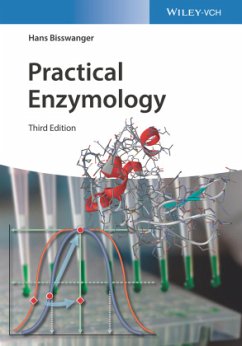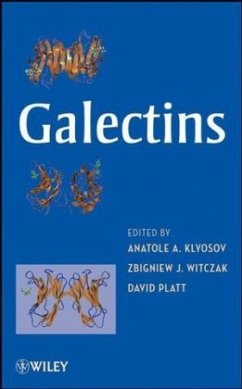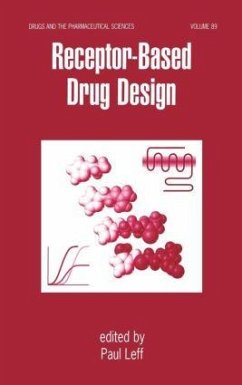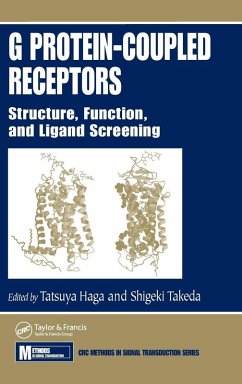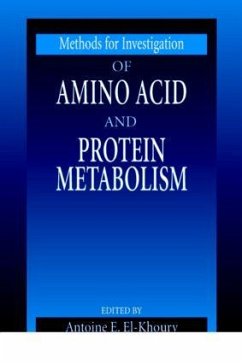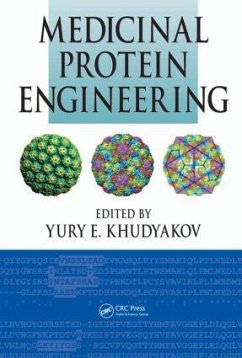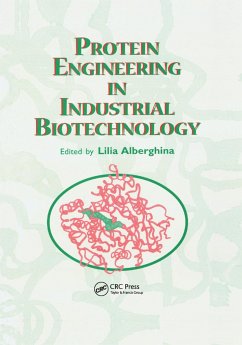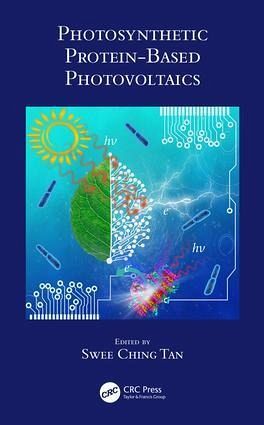
Gebundenes Buch
Photosynthetic Protein-Based Photovoltaics
Versandkostenfrei!
Versandfertig in 1-2 Wochen

PAYBACK Punkte
83 °P sammeln!




Photosynthetic protein complexes have an overall quantum yield close to 100%. Photovoltaic devices using protein complexes can provide an economical alternative to existing solar cells. This book explains how to build and improve the efficiency of protein solar energy conversion devices.
Swee Ching Tan received his bachelor's degree in Physics from the National University of Singapore (NUS). He then worked for Hewlett Packard Singapore and Ireland as a laser process and equipment engineer to develop new technologies for silicon micromachining. At Hewlett Packard, he made two major contributions that helped the company to achieve major cost-cutting goals and to increase the throughput within his department. He was honored with the Award for Outstanding Achievement for these contributions to the company. He subsequently gained PhD admission to the University of Cambridge's Electrical Engineering Department with scholarships from Cambridge Commonwealth Trust and the Wingate Foundation. His PhD work, under the supervision of Professor Sir Mark Welland, involved using photosynthetic proteins as light-absorbing materials for solar cells. After completing his PhD, Dr. Tan moved to the Department of Materials Science and Engineering at the Massachusetts Institute of Technology to become a postdoctoral associate working on nanoelectronics. He is currently an assistant professor in the Department of Materials Science and Engineering with NUS Faculty of Engineering. Dr. Tan's research interests span a wide range of areas in the fields of energy and environmental sciences. The area of biohybrid photovoltaics is a core expertise of his research lab with a number of new device architectures developed in recent years. Dr. Tan's research group has achieved breakthrough energy-harvesting performances using natural and engineered photoproteins. His research group is also working on developing organic ionic conductors and work-function engineering for applications in energy harvesting and photosensing electronic devices. Bridging the spheres of energy and environment sciences, the research group is also focusing on developing low-energy and low-cost air filtration and thermal comfort technologies. By engineering super-hygroscopic materials and hierarchically structured solar absorbers, the research team led by Dr. Tan aims to develop clean water technologies that could generate potable water not only from seawater but also out of humid air.
Produktdetails
- Verlag: CRC Press
- Seitenzahl: 254
- Erscheinungstermin: 17. September 2018
- Englisch
- Abmessung: 240mm x 161mm x 18mm
- Gewicht: 549g
- ISBN-13: 9781498724890
- ISBN-10: 1498724892
- Artikelnr.: 54400350
Herstellerkennzeichnung
Libri GmbH
Europaallee 1
36244 Bad Hersfeld
gpsr@libri.de
Für dieses Produkt wurde noch keine Bewertung abgegeben. Wir würden uns sehr freuen, wenn du die erste Bewertung schreibst!
Eine Bewertung schreiben
Eine Bewertung schreiben
Andere Kunden interessierten sich für


